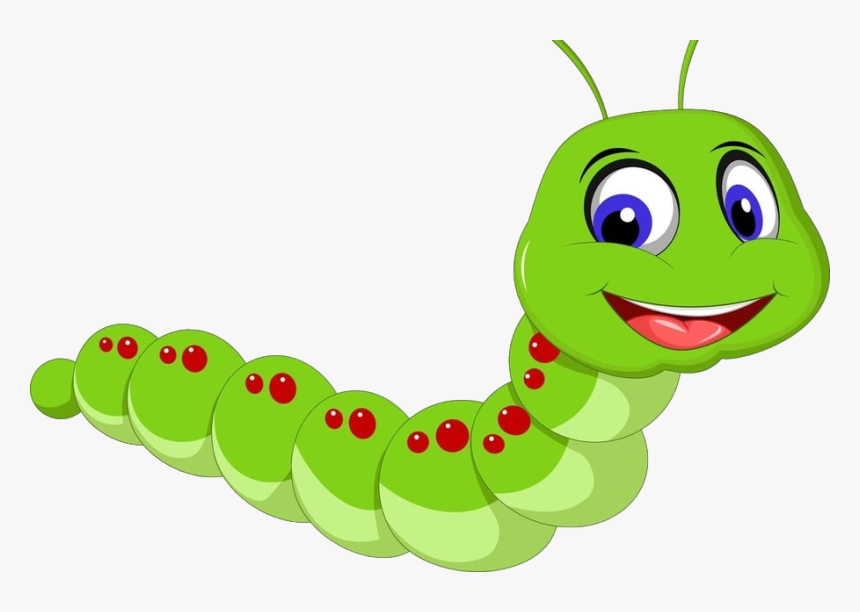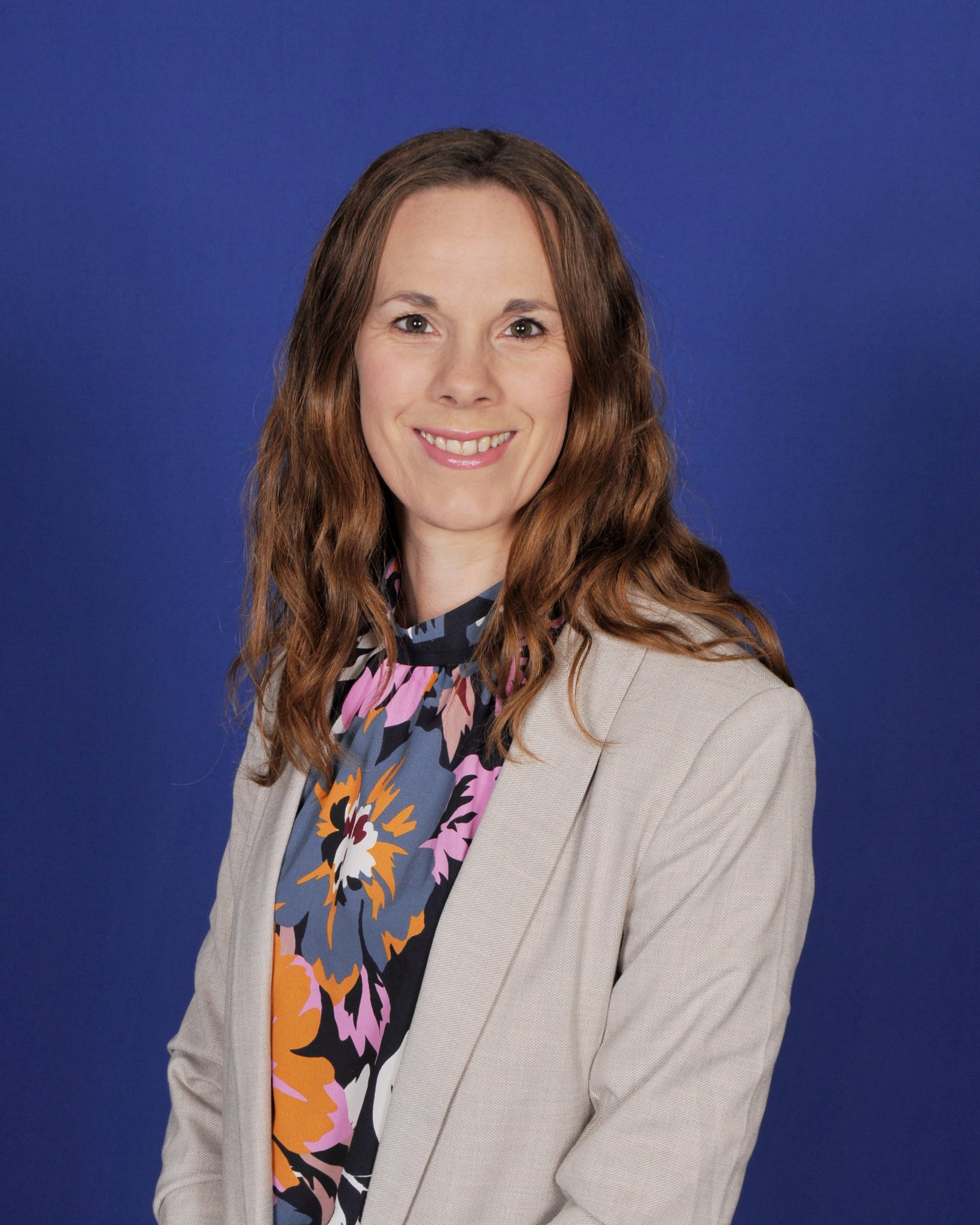Welcome to Year 2


Caterpillar and Spider classes are our Year 2 classes at the Isle of Ely Primary School.
Who works in our classroom:
Mrs Godfrey (Mon-Tues) Mrs Silveira (Wed-Fri) Mrs Wreathall Mrs Anna Frost
.jpg)
.jpg)
.jpg)

Mrs Claire Harrison Mrs Samantha Lambert Mrs Diane Magroun
Our curriculum
In Year 2 this half term, we will be learning:
|
Subject |
Content |
|
English |
In English this half term, we will be learning the remaining spelling, punctuation and grammar rules for Year 2 and recapping the ones already taught. We will also learn how to write engaging openings for our stories and how to finish them off with interesting endings. To showcase everything the children have learned this year, they will also plan and write a fully independent story. During this half term, we will be reading two chapter books: Mr Majeika by Humphrey Carpenter and The Hodgeheg by Dick King-Smith. We will use parts of these books to practice our comprehension VIPERS skills (vocabulary, inference, prediction, evidence, retrieval and summarise). |
|
Maths |
In maths, we will be focusing on three areas of learning – time, statistics and position and direction. In the time unit, the children will revisit the learning from year 1 and practice telling the time using o’clock and half past. They will learn how to tell time on analogue clocks, moving onto quarter past and quarter to, moving onto intervals of 5 minutes past and to the hour, remembering that the right-hand side of a clock shows times that are “past” the hour, while the left-hand side shows times that are “to” the hour. Finally, children will focus on using the fact that there are 60 minutes in an hour to work out lengths of time greater than 1 hour; see that each time appears twice in the day, for example 8 o’clock in the morning and 8 o’clock in the evening. Children will then see that there are 24 hours in a day, connecting this to the twelve hours on a clock each happening twice a day, learning that a full day of 24 hours includes the night-time when they are asleep. In the statistics unit, children will be introduced to statistics and different representations of data for the first time. They will make tally charts, create tables, block diagrams, draw and interpret pictograms. In the position and direction unit children will build on the previously learnt language of position by describing the position of objects using left and right as well as thinking about other language to describe position, such as above, below and between. Children use their understanding of this language to complete multi-step and more sophisticated problems and will apply their understanding of position to describe movement. Pupils will start to describe turns, learning about quarter, half, three-quarter and full turns, as well as using clockwise and anticlockwise. Lastly, children will explore patterns that involve turns. |
|
Science |
In science will be learning about astronomy. This unit has been included in our curriculum in addition to the National Curriculum content. It gives pupils an introduction to this fascinating branch of science, before they are required to do so by the National Curriculum in Year Five. This unit builds important understanding that scientists learn from each other to make new discoveries, as experts who have studied the work of people who came before them. Pupils will be introduced to the planets of our solar system and will begin to understand orbit and rotation. They will begin to understand why there is life on earth, but not similar life on other planets. Teachers will demonstrate how light from the sun gives us day, and how the rotation of the earth gives us night. Pupils will revisit this later in Year 5. They will then study the phases of the moon, recognising that although our view of the moon changes throughout the phases, the moon itself does not change shape. Building on their understanding of our solar system, pupils will then look beyond it at the stars and the formations they make in the sky. Pupils will learn that a long time ago, people tried to understand what they saw in the sky, by telling stories about how the stars came to be. They will learn that constellations are groups of stars in the sky, and that people have ‘joined the dots’ to create pictures, such as the Great Bear or the hunter Orion, as well as that astronomers have been studying the stars for many years and over a thousand years ago a Persian astronomer, Abd al-Rahman al-Sufi, known as Azophi, made the first known observation of a group of stars outside of our galaxy. Finally, pupils will learn about space exploration. They will look at the International Space Station and its importance to space exploration and at Mars 2020 mission which landed a rover on the surface of Mars. |
|
Geography |
Building on children’s understanding of the seven continents from Year 1, children will look in more detail at Northern Europe. Children will use maps of Northern Europe to identify key countries and key physical features. They will use maps to explore the location of countries such as Denmark, Norway and Sweden. They will recognise human features of the region, such as the Oresund Bridge that links Denmark and Sweden. Children will learn how to read a simple climate graph and compare the climate of a region on Northern Europe to that of the UK. To conclude this unit, children will learn about the explorer Roald Amundsen who was born in Norway. They will learn about Amundsen’s travels through the Northwest Passage and about his expedition to the South Pole. They will learn how he took advice from the Innuit, who lived in the cold, icy climate of the Arctic Circle. |
|
Music |
In music, the children will learn about lullabies and music associated with sleep. In doing so they begin to understand that music can affect the way we feel. They will listen to Brahm’s famous lullaby, Wiegenlied and traditional lullabies like the Bressay Lullaby from the Shetland Islands and Souallé from Chad/Republic of Congo. The children also listen to two other pieces of music which are associated with sleep, the choral piece Sleep by contemporary composer Whitacre, and Lullaby for Helene by the jazz pianist Bill Evans. These two pieces in contrasting styles and from different genres both create a calm, sustained and gentle atmosphere. Over the course of the unit the children learn to sing three lullabies in a legato (sustained) way, one accompanied by piano, one unaccompanied and sung in unison and one sung in two parts creating harmony. |
|
PE |
During PE this half term, the children will be focusing on two areas: Athletics and Striking and Fielding. In both areas, the children will be building on their skills from previous years as well as developing and applying PE skills they have learnt in other areas of PE this year. |
|
Computing |
In computing, the children will |
|
Art |
In art, we will be learning about murals and tapestries. The children are introduced to murals, what they are and how they have been painted throughout history, by looking at cave paintings, murals in churches of the Italian renaissance, and at more modern works by Diego Rivera and Banksy. They then study famous examples of frescoes (exploring what this term means), including Michelangelo’s paintings in the Sistine Chapel and Leonardo’s The Last Supper. Pupils will study tapestries, learning what these are and how weaving is distinguished from embroidery. Through study of the 15th century series of tapestries The Lady and the Unicorn the children learn how tapestries can tell stories and convey messages as well as being used more practically to insulate cold, draughty castles. The children then compare this with the abstract work of Anni Albers, who was part of the Bauhaus movement in early 20th century Germany. Whilst studying murals and tapestries the children build a large work together, on a long piece of paper, which, although not a mural as it is not painted on a wall, is in its scale something akin to a mural. They aim to make an underwater sea scene by creating fish using mono-printing techniques and seaweed made by weaving. Whilst studying The Last Supper they consider, in depth, the importance of composition and how different shapes, colours and lines are arranged in a work of art. |
|
DT |
In DT, we will be making a moving picture for a family member or a friend which operates using levers and sliders. They will need to think about who it is for, what its purpose is and what they want the end result to look like as they plan their project. Once they have made their moving picture they will evaluate it thinking about what went well and what improvements they would make next time. |
|
PSHE |
Changing Me - In this unit children look at different life cycles in nature including that of humans. They reflect on the changes that occur (not including puberty) between baby, toddler, child, teenager, adult and old-age. Within this, children also discuss how independence, freedoms and responsibility can increase with age. As part of a school’s safeguarding duty, pupils are re-taught the correct words for private parts of the body They are also reminded that nobody has the right to hurt these parts of the body, including a lesson on inappropriate touch and assertiveness. Children practise a range of strategies for managing feelings and emotions. They are also taught where they can get help if worried or frightened. Change is taught as a natural and normal part of growing up and the range of emotions that can occur with change are explored and discussed |
Our PE dates are: Mondays and Wednesdays
Knowledge Organisers:
At the Isle of Ely Primary School, we use knowledge organisers as a tool to enhance our students learning and to allow parents and carers to support their child's learning. In our knowledge organisers you will find essential knowledge, key dates, vocabulary and key figures where relevant. These can be used as a fun assessment tool which will ensure that students remember more and learn more in the upcoming unit of work.
| Art |
| History |
| RE |
| Music |
| Science |
| DT |
Newsflash!
Week commencing 9th June
Y2 have worked very hard this week, focusing on consolidating their knowledge in grammar, spellings and punctuation. The children practised important grammatical concepts, such as past and present tense, word class, noun phrases and types of statements. We continued working on time in maths, learning the minutes in the hour, hours in the day and reading simple timetables. We enjoyed our learning in PSHE and exploring how humans change as we get older. The children reflected on how people change as they grow older and shared what they love about their older family members. Thank you for supporting this learning by sending photos to use in our lesson. We finished the week by learning more about the rotation of the Earth and how it orbits the Sun. The children were fascinated to explore these concepts in our astronomy lesson and how it affects the seasons and day and night time on Earth. We had lots of fun printing our fish tiles onto fabric in our art lesson on murals and tapestries, as well as learning the story of Michelangelo and his frescos in the Sistine Chapel.
Week commencing 2nd June
Y2 have had a busy week to start the second half of the summer term. We have been spending some learning time consolidating our knowledge of time and practising telling time using ‘past’ and ‘to’ and counting in 5 min intervals. The children are working hard to master this challenging skill. In writing, we have been writing story openings and endings, learning what makes the start of a story engaging and how to end stories well. In geography, we started our unit on Northern Europe and the children were introduced to Nordic and Scandinavian countries. In science, we learnt about the solar system and named some of the bodies within it. The children were fascinated by the scale and size of the Solar System and enjoyed the introduction to this topic. We are looking forward to learning more about planets and space exploration!
Week Commencing 19th May
We finished the short but very busy half term with a wonderful Arts Week. The children took part in a range of workshops, developing their skills and knowledge of visual arts, dance and singing. Year 2 pupils had many opportunities for reflection while engaging in all the activities and creating their own artwork inspired by the beautifully illustrated book Love is My Favourite Colour. They even met the illustrator Melissa Castrillion and learnt more about her work.
We continued producing beautiful work in writing too, completing our history end of unit pieces on how the Romans changed Britain over time.
We wish everyone a restful and joyful half term and look forward to seeing you in June!
Week Commencing 12th May 2025
Year 2 have worked hard on their presentation this week producing beautiful work. We have been impressed with the children's effort and it has been lovely to see how proud the children have been.
In English children wrote their stories about a mysterious creature focusing on character description and in maths children completed the unit on fractions.
We are looking forward to Arts Week next week and hope to see lots of you at our parent share on Tuesday morning. Their are some great activities planned throughout the week and it will be a fantastic way to finish this half term.
Week Commencing 5th May 2025
This week, he children proofread and edited their character descriptions in English and 'published' their finished pieces in their best writing books. They also learnt to identify verbs and even had a go at creating their own missing verb challenge for the teachers. In maths, we continued working on fractions, focusing on unit and non-unit fractions, discovering that 2 quarters are equivalent to a half and learning to recognise three quarters. In science, we had a go at representing particles in solids, liquids and gases using humans and we tested properties of different solid objects. We enjoyed learning about the Roman invasion of Britain in history, as well as drawing different representations of the minotaur inspired by Pablo Picasso in art.
Week Commencing 28th April 2025
This week, he children worked very hard on writing fantastic character descriptions in English, thinking about the content of their writing, using ambitious vocabulary and presenting their work neatly. In maths, we are deepening our understanding of fractions, focusing on quarters, thirds and finding a whole. The children impressed us with their resilience when drawing a maze in art as it was quite tricky! In history, the children were impressed by the sophistication of quality of equipment in the Roman Army. We also enjoyed PE in the sunshine, practising our underarm throws and new ways of returning the ball.

.jpg)
